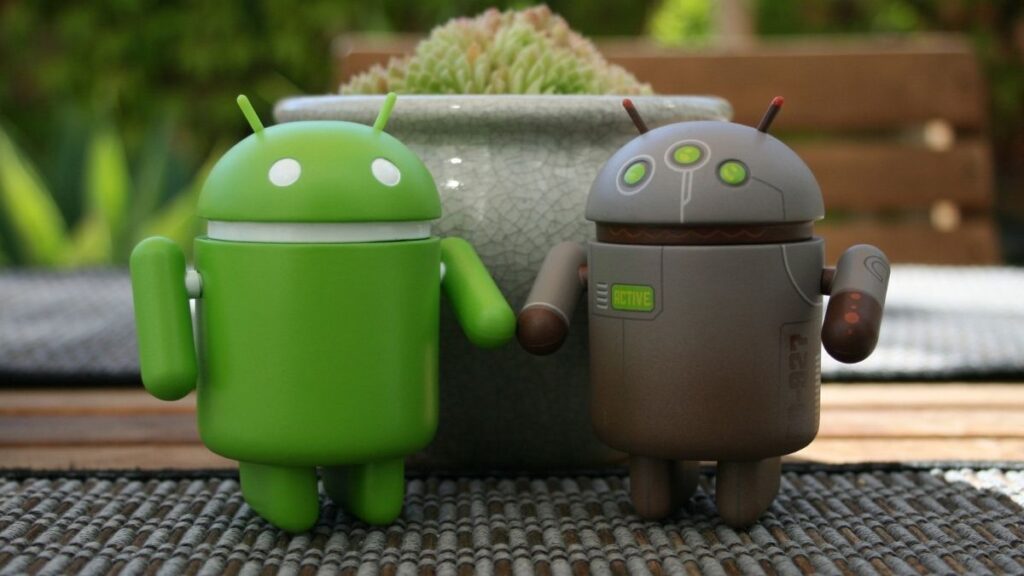How to Run Android Apps on Windows 11 : Are you excited to use Android apps on your Windows 11 PC? With Windows 11, you can enjoy your favorite mobile apps right on your computer. This guide will walk you through everything you need to know to get started. Let’s dive in!
Why Run Android Apps on Windows 11?
Running Android apps on your Windows 11 PC has many benefits:
- Bigger Screen: Enjoy your favorite apps on a larger display.
- Better Performance: Leverage the power of your PC’s hardware.
- Multi-tasking: Use mobile apps while working on your PC.
Step-by-Step Guide to How to Run Android Apps on Windows 11

1. Check System Requirements
Before you start, make sure your PC meets the following requirements:
- Operating System: Windows 11
- Processor: Intel Core i3 8th Gen, AMD Ryzen 3000, Qualcomm Snapdragon 8c, or better
- RAM: At least 8 GB (16 GB recommended)
- Storage: SSD with 64 GB of free space
- Graphics: Compatible with DirectX 12 or later
2. Install Windows Subsystem for Android (WSA)
Windows 11 comes with a feature called Windows Subsystem for Android (WSA). Follow these steps to install it:
- Open Microsoft Store: Click on the Start menu and open the Microsoft Store.
- Search for Windows Subsystem for Android: Type “Windows Subsystem for Android” in the search bar.
- Install: Click on the Install button to download and install WSA.
3. Install Amazon Appstore
To run Android apps, you need the Amazon Appstore:
- Open Microsoft Store: Go back to the Microsoft Store.
- Search for Amazon Appstore: Type “Amazon Appstore” in the search bar.
- Install: Click on the Install button to download and install the Amazon Appstore.
- Sign In: Open the Amazon Appstore and sign in with your Amazon account.
4. Download and Install Android Apps
Now that you have the Amazon Appstore, you can download Android apps:
- Open Amazon Appstore: Launch the app from the Start menu.
- Browse or Search: Find your favorite apps by browsing categories or using the search bar.
- Install: Click on the app you want and then click the Install button.
5. Run Android Apps on Your PC
After installing the apps, running them is easy:
- Find Your Apps: Open the Start menu and look for your installed Android apps.
- Launch Apps: Click on the app icon to open it. Enjoy using your Android apps on a bigger screen!
Troubleshooting Tips
If you encounter issues, try these solutions:
- Update Windows: Ensure your Windows 11 is up to date.
- Restart PC: A simple restart can fix many problems.
- Check System Requirements: Make sure your PC meets all the requirements.
- Reinstall WSA and Amazon Appstore: Uninstall and reinstall if needed.
Comparison Table: Android Emulators vs. WSA
| Feature | Android Emulators | Windows Subsystem for Android (WSA) |
|---|---|---|
| Performance | Varies | Optimized for Windows 11 |
| Integration | Limited | Seamless with Windows 11 |
| Ease of Use | Moderate | Easy |
| Compatibility | Broad | Limited to Amazon Appstore |
| Installation Complexity | Moderate to High | Easy |
Frequently Asked Questions (FAQs)
Q1: Can I use Google Play Store with WSA?
No, currently WSA supports the Amazon Appstore only. However, you can sideload APKs using other methods.
Q2: Is my PC safe using WSA?
Yes, WSA is developed by Microsoft and is secure to use.
Q3: Can I use Android apps offline on Windows 11?
Yes, you can use offline apps as long as they don’t require an internet connection.
Q4: Do Android apps consume a lot of PC resources?
Typically, they use fewer resources compared to PC applications, but it depends on the app.
Q5: How do I update Android apps on Windows 11?
Open the Amazon Appstore, go to My Apps, and click Update for the apps you want to update.
Conclusion
Running Android apps on Windows 11 is a game-changer. Whether for productivity or entertainment, it offers a seamless experience. Follow this guide to enjoy the best of both worlds – Android and Windows. Happy app-ing!
By following these steps, you can enjoy the power of Android apps on your Windows 11 PC. Dive in and explore a new world of possibilities!

